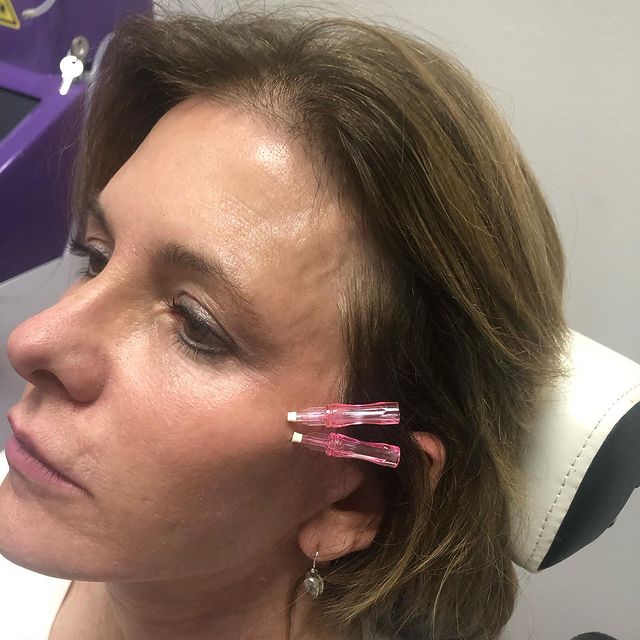
Inframammary incisions are a surgical procedure to augment the breasts. The incision is hidden under the breast crease and is only visible when the breast is lifted. The incision can be easily hidden by a bikini top. It is suitable for pre-filled and large silicone breast implant.
Incision technique
Inframammary is one of most popular breast augmentation techniques. This method involves creating a pouch in the breast and inserting a breast implant. This breast augmentation technique is extremely safe. It does not require any incisions. This can also be done on large breast implants. This technique is also safe for breastfeeding.
Inframammary surgery is a time-saving technique that can reduce the overall length of the procedure. This procedure is performed using a stab-shaped, approximately 3 mm incision to insert a small, infiltration cannula. The surgeon then injects 150mL of tumescent solution through the incision. This will elevate the pocket, promote hemostasis and encourage blood flow.
Criteria for inclusion
Inframammary fold is a crucial landmark in breast surgical. It defines the inferior border of the breast on the chest wall and defines ptosis. To avoid implant migration, the fold provides inferior support for subpectoral screws. The fold is also vital for aesthetic and reconstructive procedures.

Participation in the study will only be granted to women over 14 years old who have suffered from excessive inframammary and/or genital sweating. Patients under 18 years of age must be accompanied with a legal representative, who will sign the FITC. Eligible patients are women who are not pregnant or nursing. Participation in the study is voluntary. There are no financial incentives.
Risques
Inframammary surgeries can be dangerous. The inframammary fold may be reduced to create a double bubble deformity between the breast tissue and the implant contour. This type of deformity may lead to several complications, including breast-cancer.
Inframammary, or circumareolar, incisions are not nearly as effective as those at the periareolar. Because sensory nerves in lower breasts are more susceptible to stretching and cutting during inframammary insertions, this is why inframammary incisions can prove less effective. Inframammary and periareolar incisions may result in a higher incidence of nipple necrosis. They are also less aesthetic.
Disadvantages
The most widely used type in plastic surgery is the inframammary. This is due to the ease of its use and visibility. It can also be used to access the submuscular, pericardial, and subglandular levels. This type of incision is also less invasive and has fewer risks, including the chance of infection and hematoma formation. The inframammary method is ideal for placing symmetry with minimal scarring.
There are some drawbacks to this method of breast augmentation. It's not as precise as other surgical methods and the implants can be too high or unevenly placed on the chest. Additionally, it is more difficult to conceal the scarring than one might think.

Modified approach
The inframammaryfold is an incision that starts at the chest wall and ends at the underlying glandular tissues. The inframammaryfold is closed by multiple layers, absorbable sutures that reach the medial or lateral edges. The skin disc is then advanced toward the center of the breast, bringing it to the position of the original nipple-areolar complex. To close the wound, smaller gauge sutures can be used.
The incision is made along a line called the inframammary, which is far away from the flap's edge. Some flap material can be harvested using special tools, such a flashlight-equipped retractors or an endoscopic instrument.